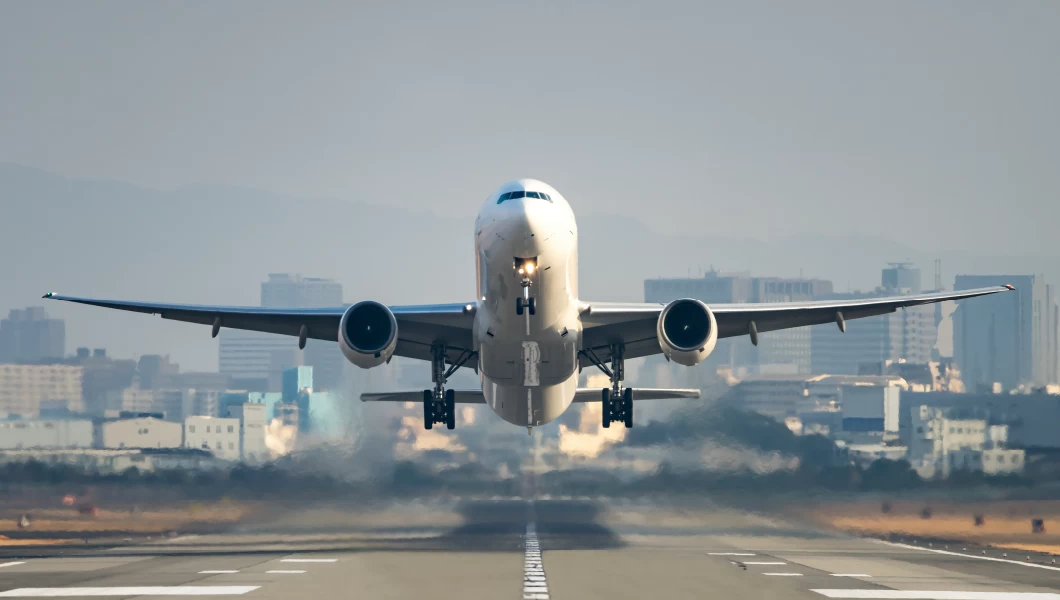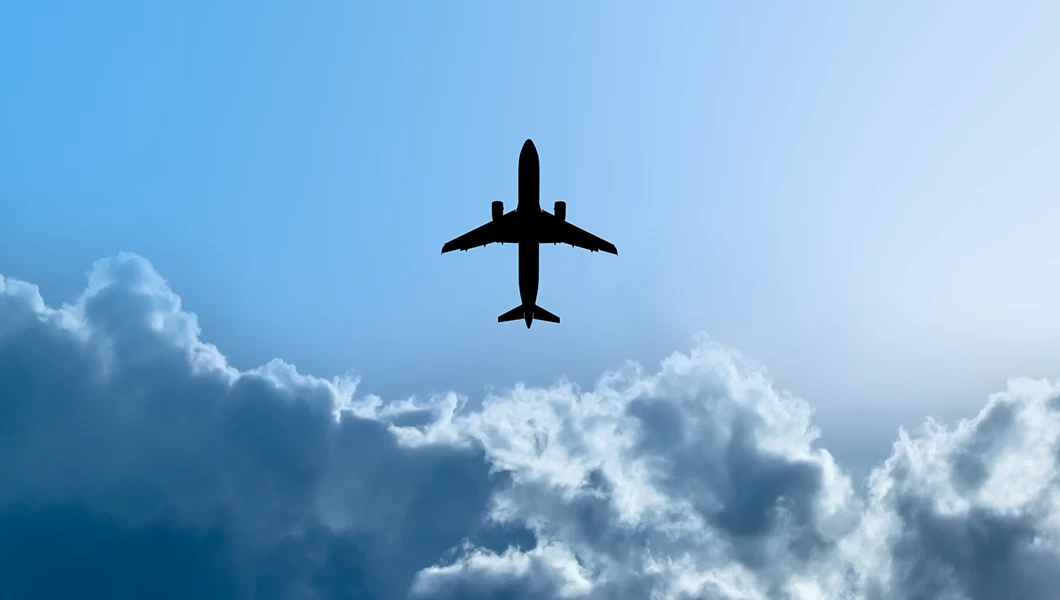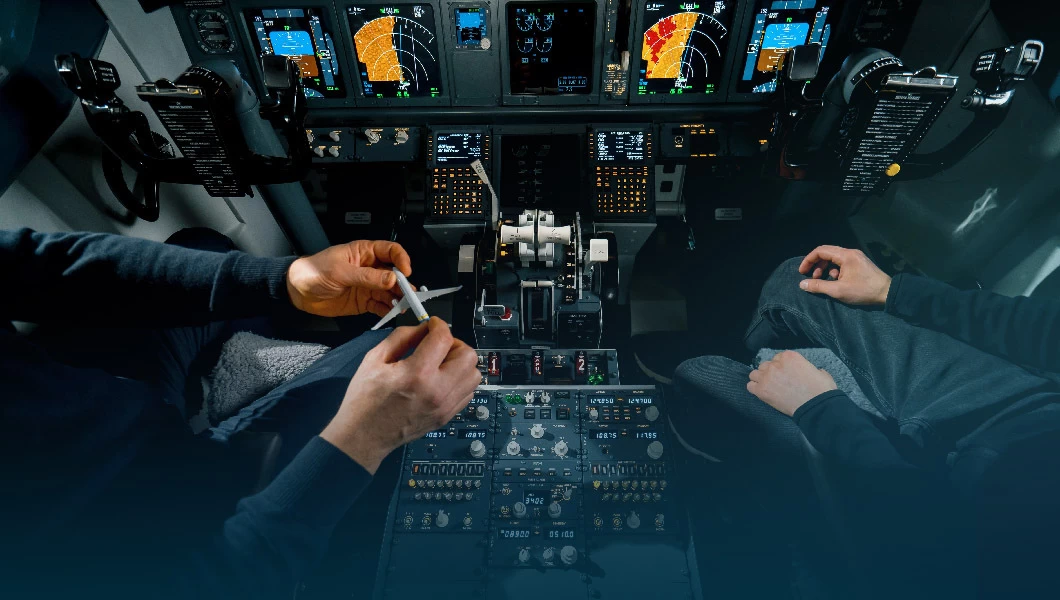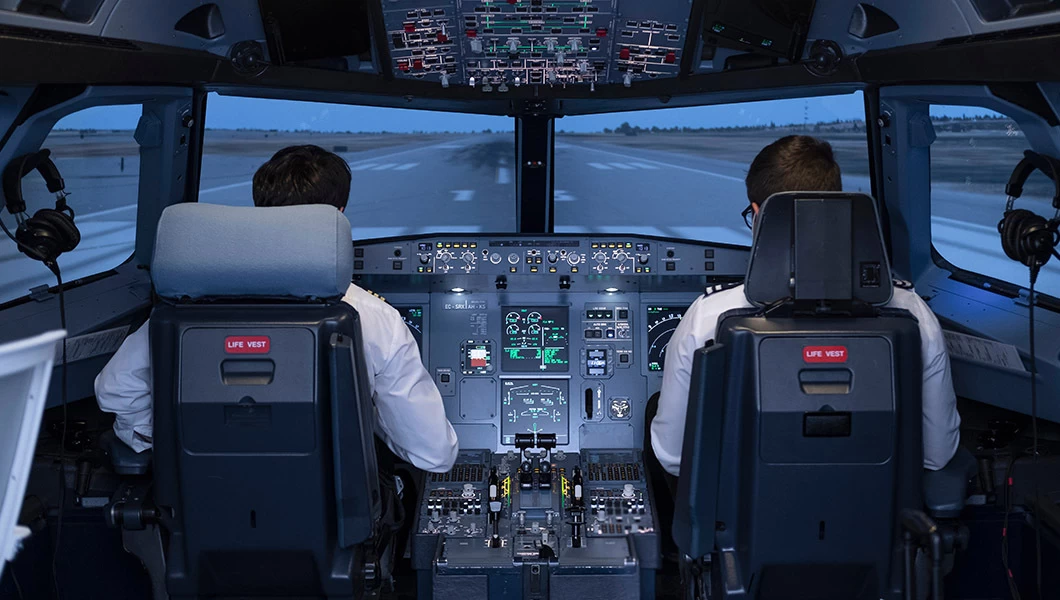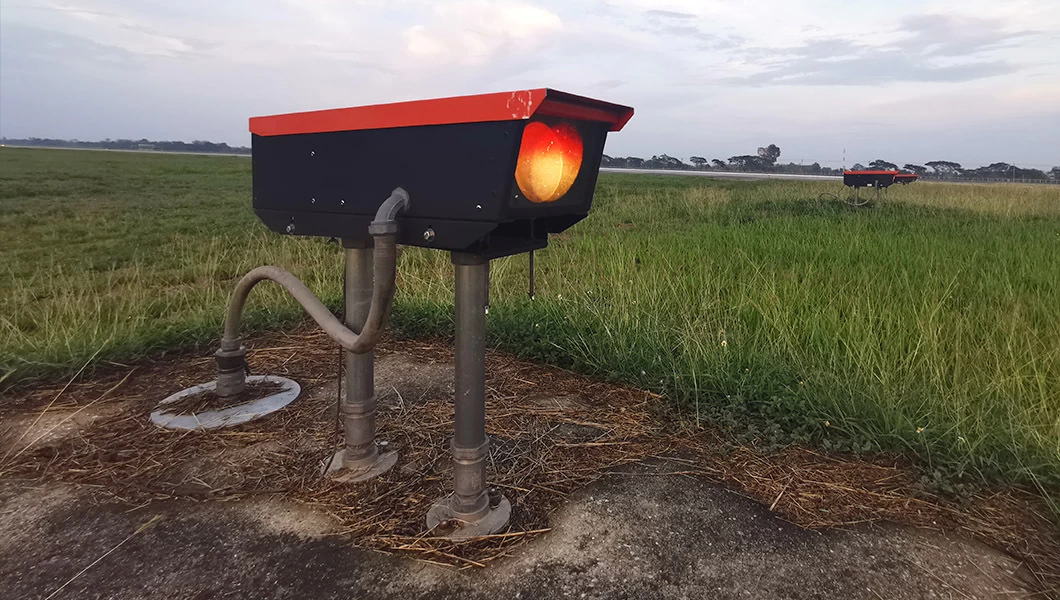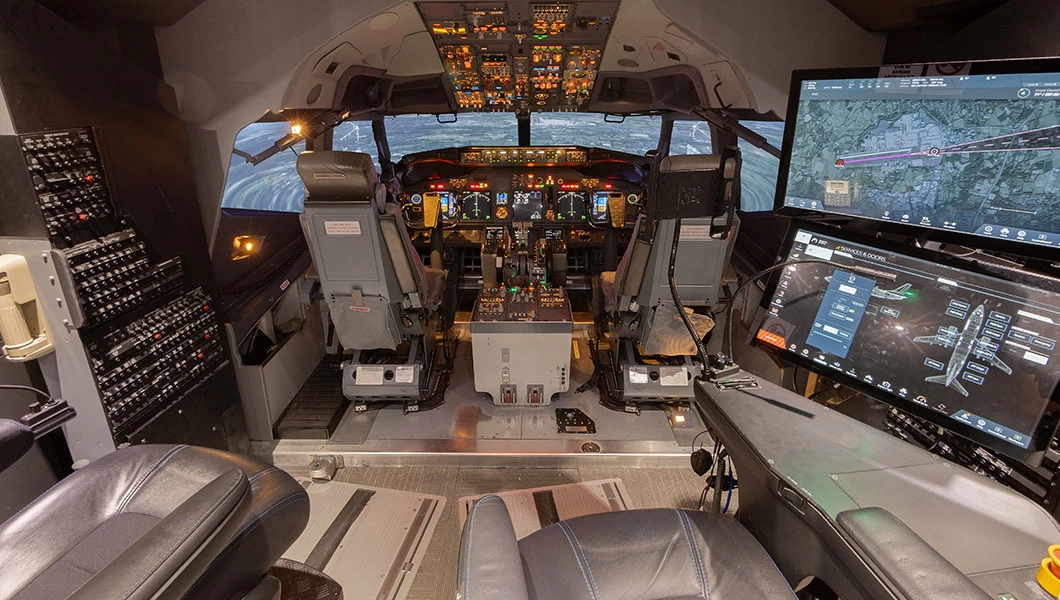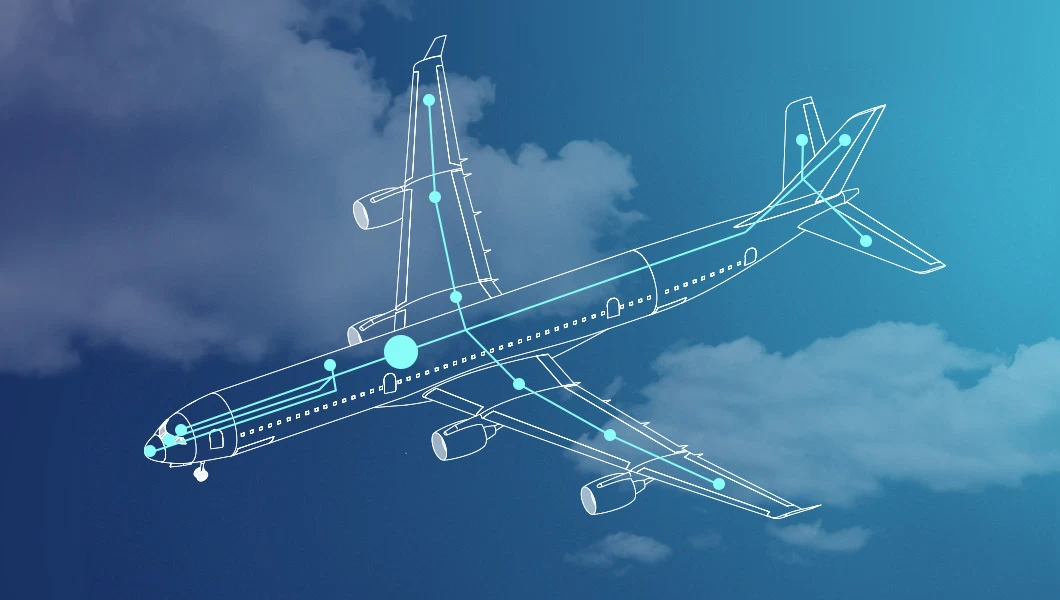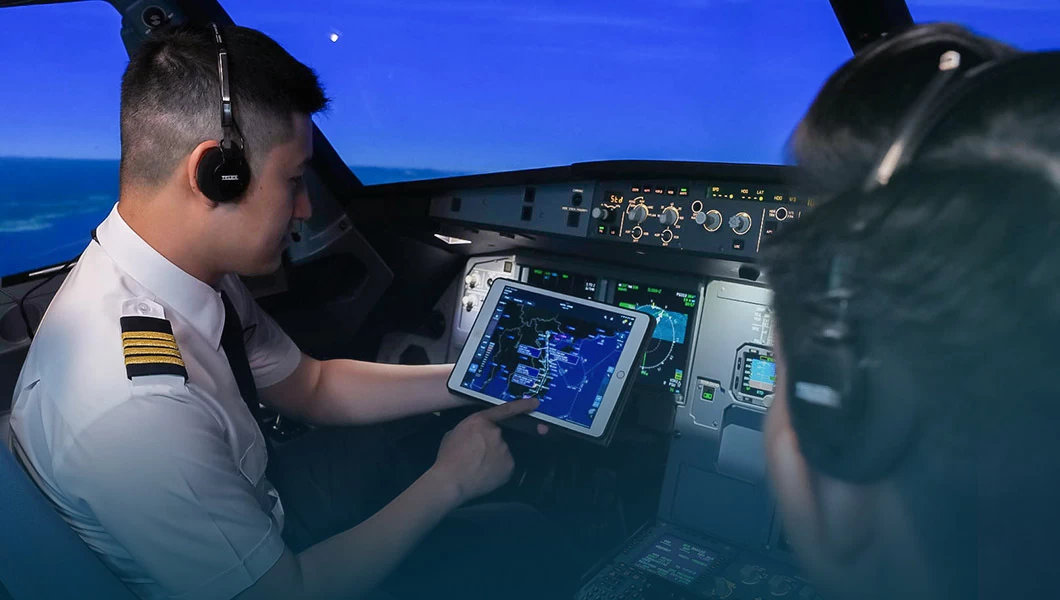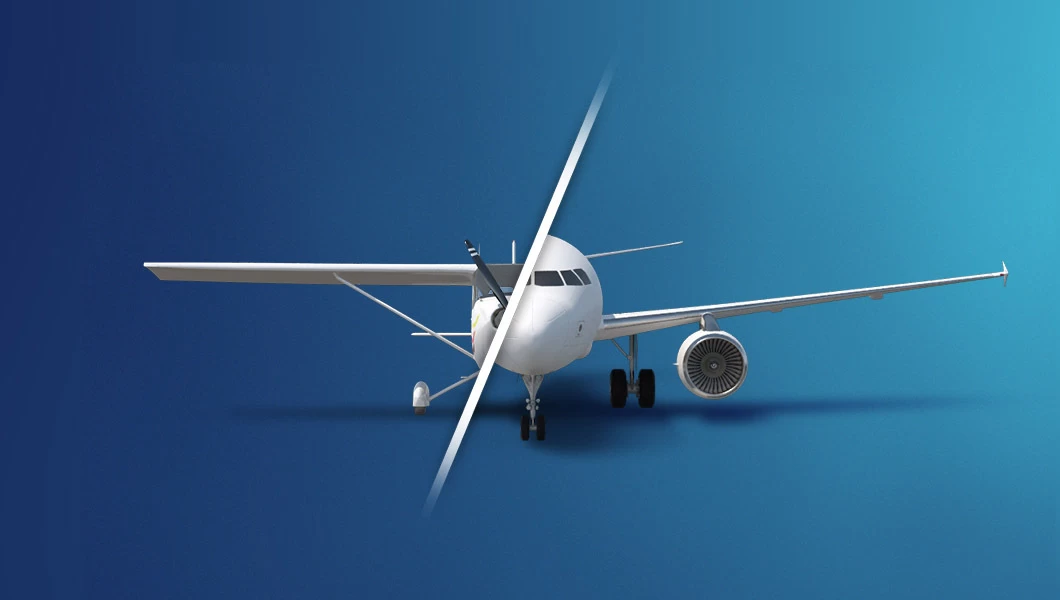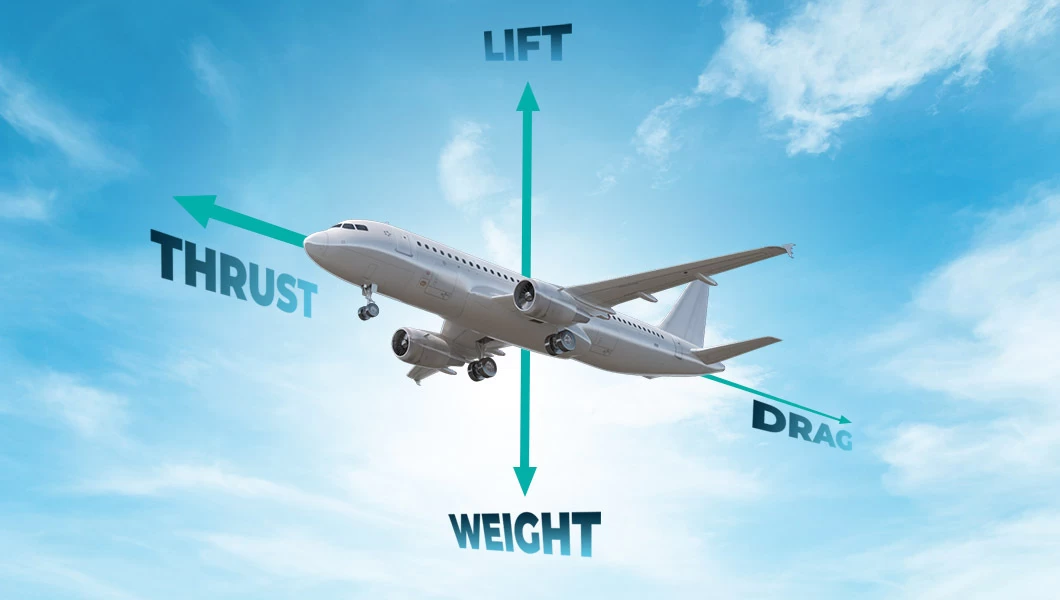This article explores the aerodynamic forces at play, the crucial role of the angle of attack, and the necessary maneuvers pilots employ to recover from stalls safely.
What Leads to Stalls?
Overall, stalls occur when the airflow over the wings becomes disrupted due to factors such as low airspeed, a high angle of attack, icing, a high load factor, or turbulence, leading to a loss of lift and potentially a loss of control of the aircraft. This instability makes the wings lose lift, whereas lift is essential to keep the plane in the air.
When a stall occurs, the aircraft might start losing altitude or even drop if corrective action isn’t taken. Pilots are trained to recognize the signs of an impending stall and to take corrective action to prevent or recover from a stall situation.
What Is a Stall?
In aviation terms, a stall is an aerodynamic condition where the angle of attack (AOA) of an aircraft’s wings increases beyond a critical angle of attack (also called a stall angle), causing the lift generated by the wings to decrease.
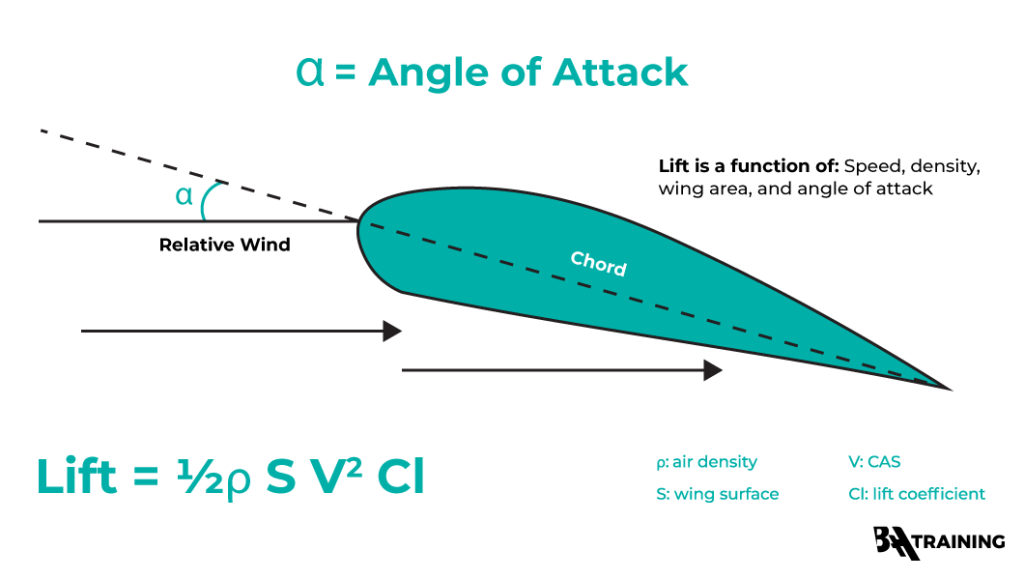
Since the lift produced by an aircraft’s wings is directly related to the AOA, when the angle of attack increases, the lift coefficient increases (CL) increases as well, typically in a linear fashion.

However, when the AOA reaches the maximum lift coefficient (CL Max), the airflow starts to separate. This means that the airflow no longer flows smoothly over the wing surface.
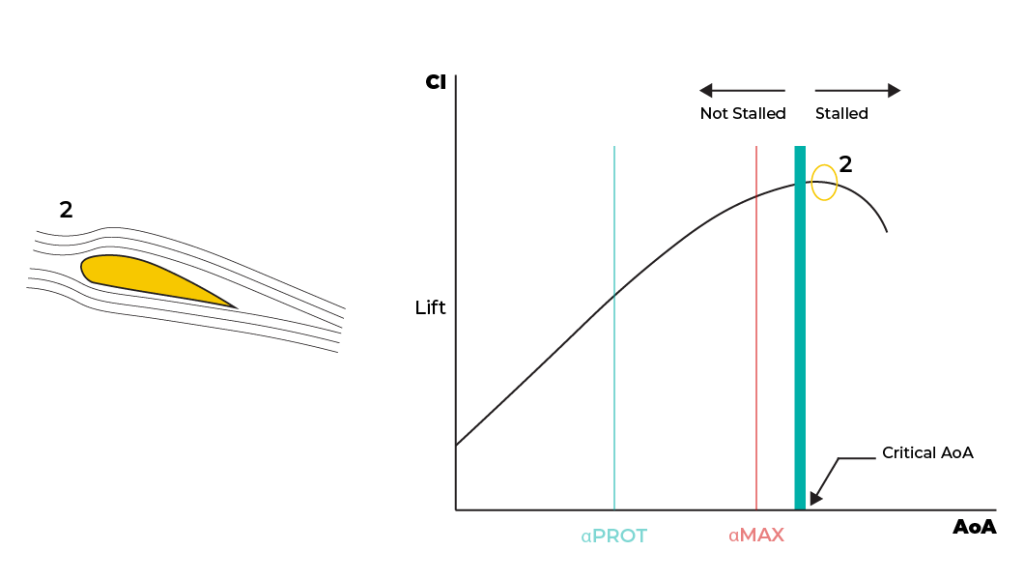
Beyond this point, the CL decreases, causing a stall condition.
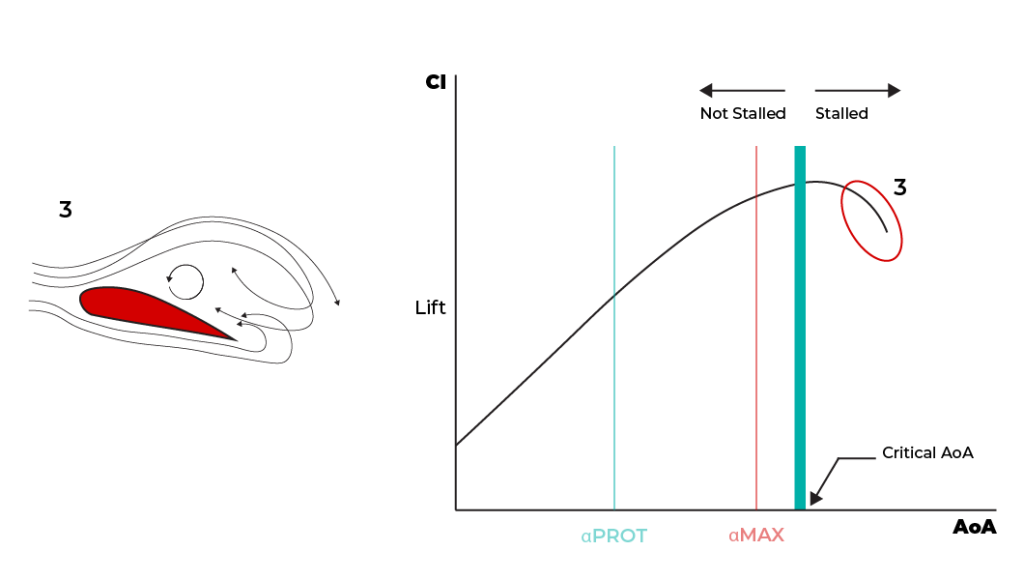
Mindaugas Kersys, an instructor at BAA Training, explains, “Thanks to an A320 high angle of attack protection, available in normal law, it is impossible to reach stall conditions. In other words, a stall can be achieved only when there are severe technical issues with the aircraft, and it has entered other than normal law.”
Stall Recovery Procedures
Needless to say, stall recovery procedures are essential for pilots to ensure the safety of the aircraft and its passengers in the event described above. Training and practice in simulated scenarios help them learn to react quickly in real-world situations. So, what measures should be immediately taken to respond efficiently to a stall?
The stall recovery procedure on an Airbus A320 typically involves the following steps (to be taken in the order described below):
Similar ARTICLES
- Recognizing the stall: Pilots must be able to identify the signs of a forthcoming stall, such as the aircraft‘s tendency to pitch up, decrease in airspeed, and the activation of stall warning systems.
- Reducing the angle of attack: To recover from a stall, pilots need to decrease the angle of attack by lowering the aircraft nose. This action helps to restore airflow over the wings and regain lift.
- Applying full power: Pilots need to slowly increase the thrust and simultaneously or subsequently apply full power to the engines to increase airspeed and provide additional lift.
- Regaining control: Once the aircraft starts to regain airspeed and lift, pilots need to carefully manage the controls to ensure a smooth recovery and prevent any secondary stalls or excessive altitude loss.
- Returning to normal flight: After recovering from the stall, pilots should return the aircraft to its normal flight configuration and altitude.
Believe it or not, one of the biggest problems with mistakes in stall recovery is the very first step — stall recognition. There are many accidents that involve pilots who very likely did not realize that the aircraft was close to or even in a stall.
While lowering the nose of the airplane and increasing power may appear contradictory to common sense, doing precisely this is essential for stall recovery. Even a well-trained pilot can make mistakes when confused, tired, or panicked, so it‘s very important to always stay cool-headed and remember what was practiced during training.
To better understand stall recovery procedures, watch the video below by BAA Training. It features a live demonstration from an A320 full flight simulator.
Your PILOT CAREER
starts with a first click
Example from History
There is a well-known accident that may serve as an example for the stall recovery topic.
On a dark and stormy night, for a variety of reasons, Air France flight 447 entered the stall regime and plunged over 30,000 feet in a full stall into the Atlantic Ocean, killing all onboard. The cause was instrument disparity between the Captain’s and the First Officer’s instrumentation because they hadn’t turned on a deice system. Since it was completely dark due to the night and storm, they couldn’t rely on visual cues to recover.
Unfortunately, as a result, they made a critical error. Misinterpreting the instruments’ confusing readings, they believed the aircraft was in a diving descent and pulled back on the controls and held them back, trying to arrest the descent when, in fact, that only exacerbated the problem.
Releasing the back pressure and/or pushing the nose forward (down) would probably have recovered the aircraft in a few thousand feet.
Aircraft that Automatically Avoid Entry into the Stall
For your information, there are a few aircraft that are aerodynamically designed to automatically avoid entry into the stall regime. For example, instead of a horizontal stabilizer on the tail of Beechcraft Starship, it has a small wing called a Canard on the nose. The canard is designed to reach the critical angle of attack that precipitates a stall before the wing reaches the critical AOA. In other words, the canard stalls before the wing does. Eventually, the aircraft naturally and automatically initiates a stall recovery by lowering the aircraft’s nose and decreasing the AOA on the wing.
Summary
In conclusion, first and foremost, after recognizing a stall, the AOA must be reduced by releasing the back pressure on the stick or column and applying a nose-down pitch input until out of the stall. When the stall clues have disappeared, the speed needs to be increased if needed, and then, the thrust should be progressively increased with care. By understanding this principle and practicing recovery techniques, pilots can effectively manage stall situations and ensure the safety of the flight.
